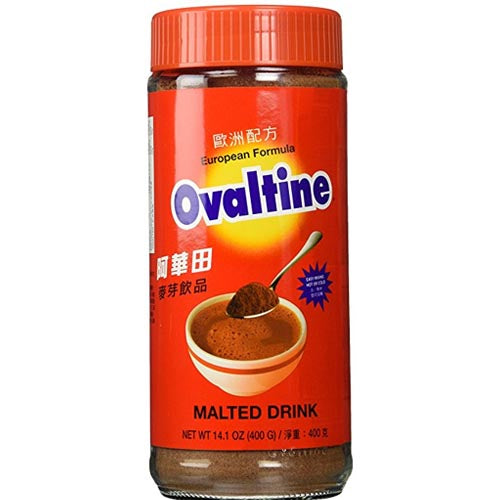You’re being loved even more than your mother loved you when you were
an infant, more than you were ever loved by your father, your child, or
your most intimate lover—anyone. This lover doesn’t need anything from
you, isn’t looking for personal gratification, and only wants your
complete fulfillment.
You are loved just for being who you are, just for existing. You
don’t have to do anything to earn it. Your shortcomings, your lack of
self-esteem, physical perfection, or social and economic success— none
of that matters. No one can take this love away from you, and it will
always be here.
Imagine that being in this love is like relaxing endlessly into a
warm bath that surrounds and supports your every movement, so that every
thought and feeling is permeated by it. You feel as though you are
dissolving into love.
This love is actually part of you; it is always flowing through you.
It’s like the subatomic texture of the universe, the dark matter that
connects everything. When you tune in to that flow, you will feel it in
your own heart—not your physical heart or your emotional heart, but your
spiritual heart, the place you point to in your chest when you say, “I
am.”
This is your deeper heart, your intuitive heart. It is the place
where the higher mind, pure awareness, the subtler emotions, and your
soul identity all come together and you connect to the universe, where
presence and love are.
Unconditional love really exists in each of us. It is part of our
deep inner being. It is not so much an active emotion as a state of
being. It’s not “I love you” for this or that reason, not “I love you if
you love me.” It’s love for no reason, love without an object. It’s
just sitting in love, a love that incorporates the chair and the room
and permeates everything around. The thinking mind is extinguished in
love.
If I go into the place in myself that is love and you go into the
place in yourself that is love, we are together in love. Then you and I
are truly in love, the state of being love. That’s the entrance to
Oneness. That’s the space I entered when I met my guru.
Years ago in India I was sitting in the courtyard of the little
temple in the Himalayan foothills. Thirty or forty of us were there
around my guru, Maharaj-ji. This old man wrapped in a plaid blanket was
sitting on a plank bed, and for a brief uncommon interval everyone had
fallen silent. It was a meditative quiet, like an open field on a
windless day or a deep clear lake without a ripple. I felt waves of love
radiating toward me, washing over me like a gentle surf on a tropical
shore, immersing me, rocking me, caressing my soul, infinitely accepting
and open.
I
was nearly overcome, on the verge of tears, so grateful and so full of
joy it was hard to believe it was happening. I opened my eyes and looked
around, and I could feel that everyone else around me was experiencing
the same thing. I looked over at my guru. He was just sitting there,
looking around, not doing anything. It was just his being, shining like
the sun equally on everyone. It wasn’t directed at anyone in particular.
For him it was nothing special, just his own nature.
This love is like sunshine, a natural force, a completion of what is,
a bliss that permeates every particle of existence. In Sanskrit it’s
called sat-cit-ananda, “truth-consciousness-bliss,” the bliss of
consciousness of existence. That vibrational field of ananda love
permeates everything; everything in that vibration is in love. It’s a
different state of being beyond the mind. We were transported by
Maharaj-ji’s love from one vibrational level to another, from the ego to
the soul level. When Maharaj-ji brought me to my soul through that
love, my mind just stopped working. Perhaps that’s why unconditional
love is so hard to describe, and why the best descriptions come from
mystic poets. Most of our descriptions are from the point of view of
conditional love, from an interpersonal standpoint that just dissolves
in that unconditioned place.
When Maharaj-ji was near me, I was bathed in that love. One of the other Westerners with Maharaj-ji, Larry Brilliant, said:
“How do I explain who Maharaj-ji was and how he did what he did? I
don’t have any explanation. Maybe it was his love of God. I can’t
explain who he was. I can almost begin to understand how he loved
everybody. I mean, that was his job, he was a saint. Saints are supposed
to love everybody. But that’s not what always staggered me, not that he
loved everybody—but that when I was sitting in front of him I loved
everybody. That was the hardest thing for me to understand, how he could
so totally transform the spirit of people who were with him and bring
out not just the best in us, but something that wasn’t even in us, that
we didn’t know. I don’t think any of us were ever as good or as pure or
as loving in our whole lives as we were when we were sitting in front of
him.”
Welcome to the path of the heart! Believe it or not, this can be your
reality, to be loved unconditionally and to begin to become that love.
This path of love doesn’t go anywhere. It just brings you more here,
into the present moment, into the reality of who you already are. This
path takes you out of your mind and into your heart.
Excerpted from BE LOVE NOW by Ram Dass




:format(webp)/www.instacart.com/assets/domains/product-image/file/large_810c16de-3e9a-4528-915e-fc48b86da598.png)

